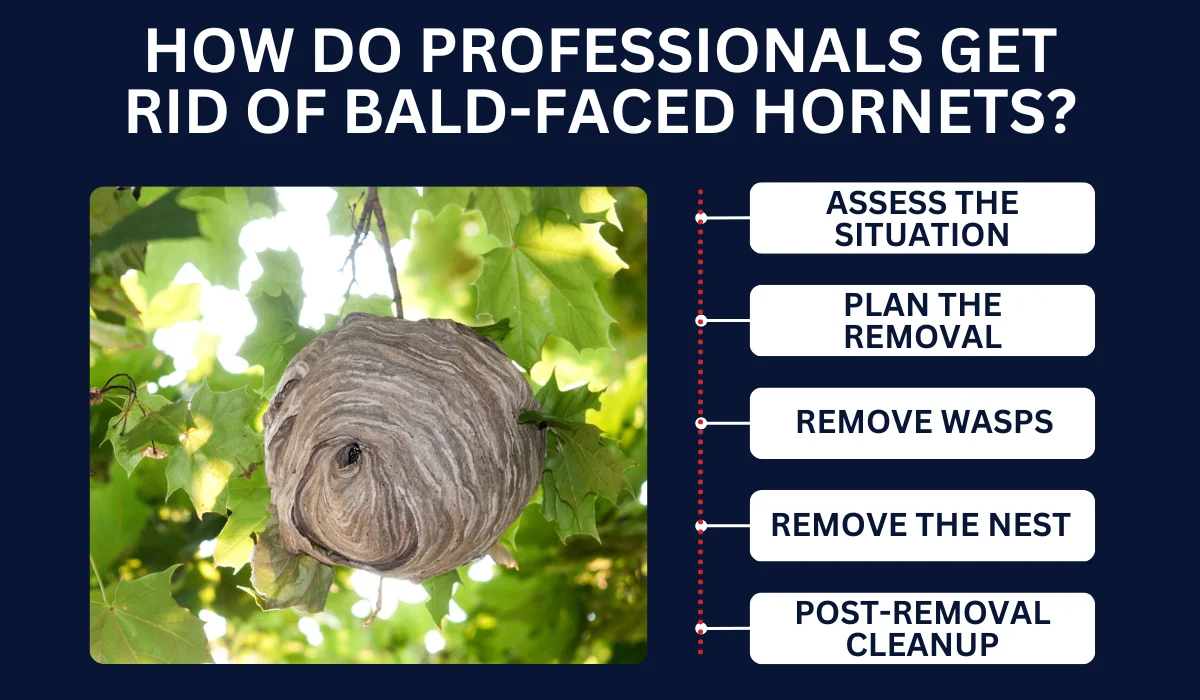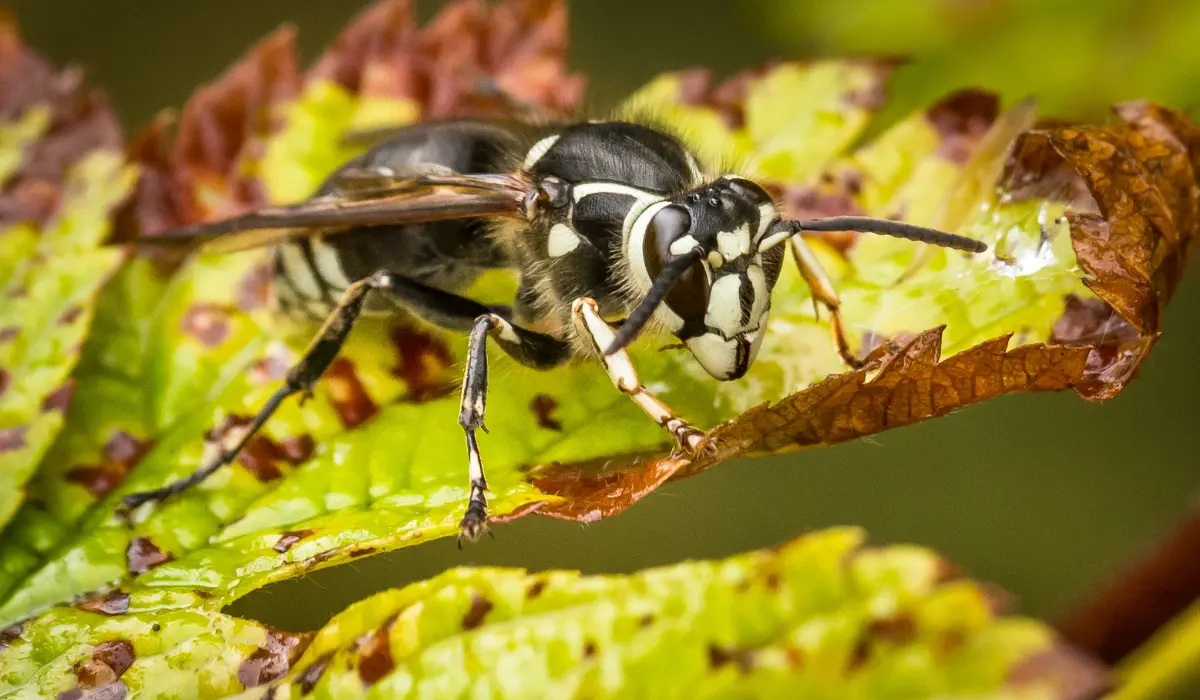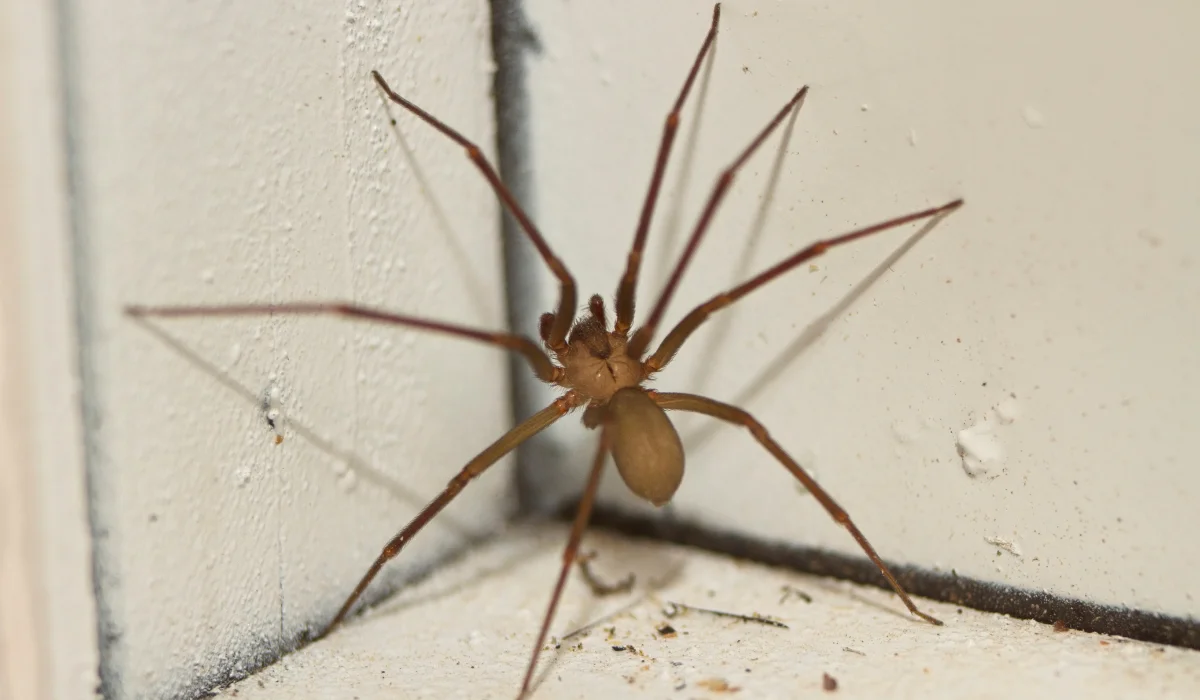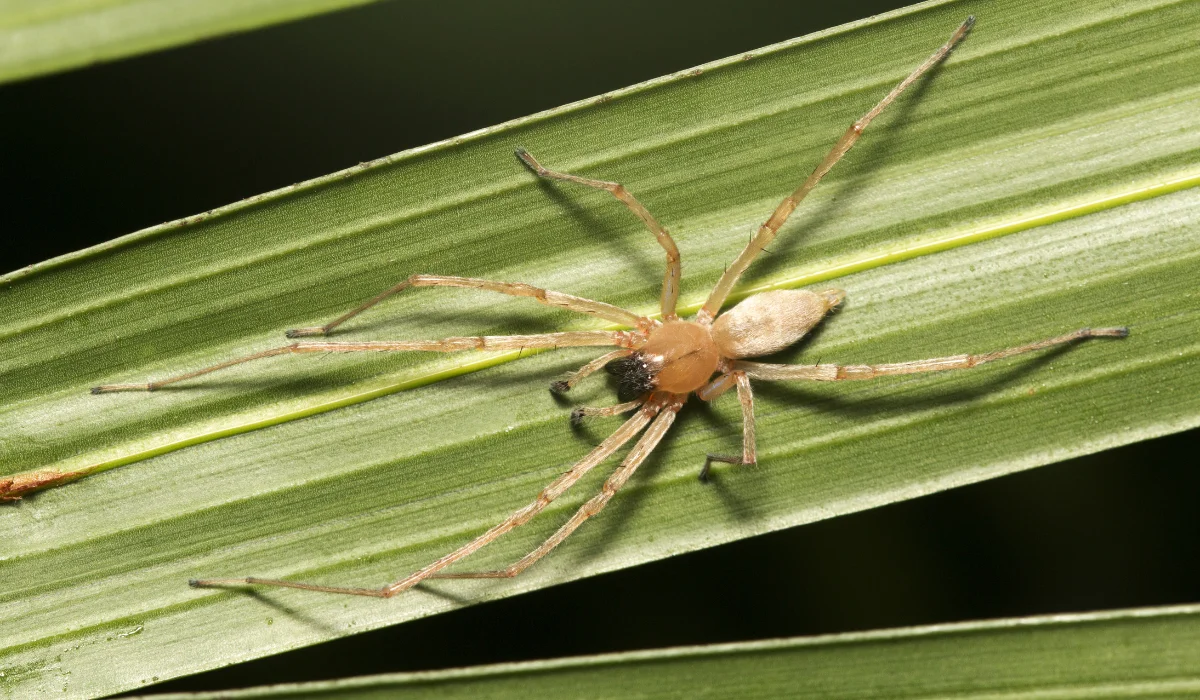Bald-faced hornets are a common nuisance in Louisiana, often building their nests in trees, shrubs, and under eaves.
To safely eliminate bald-faced hornets in Louisiana, it is best to hire a professional pest control service specializing in stinging insects, as DIY removal can be dangerous and ineffective.
Keep reading the blog post to learn more about the best methods and precautionary steps for eliminating bald-faced hornets from your property.
Key Takeaways
- Bald-faced hornets are highly aggressive, making DIY removal dangerous as they vigorously defend their nests.
- DIY methods for removing hornet nests often fail and can provoke the hornets, heightening the risk.
- Regular landscape management and home securing can prevent hornet infestations by making your property less attractive.
- It’s recommended to contact professional exterminators for large nests, high locations, or if hornet activity is aggressive.
WHY YOU SHOULDN’T REMOVE BALD-FACED HORNETS ON YOUR OWN
Bald-faced hornets are known for their aggressive nature and painful stings. If they feel threatened, they will defend their nest vigorously. This behavior makes it extremely dangerous to deal with them without proper knowledge and equipment.
When disturbed, a bald-faced hornet can signal its entire nest to attack, leading to multiple stings.
Bald-faced hornet stings carry significant health risks, including allergic reactions, swelling, and pain. For those allergic to stings, the consequences, such as anaphylactic shock, can be much more severe.
Being stung multiple times can result in serious health issues requiring medical attention.
HOW DO PROFESSIONALS GET RID OF BALD-FACED HORNETS?

Professionals follow a systematic approach to safely and effectively remove bald-faced hornets. Here’s what to expect.
Step 1. Assess the Situation
Professionals begin by carefully assessing the site to understand the hornet activity and nest location. To gather necessary information, they might:
- Inspect the property for hornet activity
- Determine the exact nest location
- Check for nearby beehives or other beneficial insects
- Identify whether they are hornets, mud daubers, carpenter bees, or other species
- Gauge the size of the hornet infestation
Step 2. Plan the Removal
Once the situation has been assessed, they meticulously plan the hornet nest removal process. During the planning stage, they may:
- Select appropriate insecticides or pesticides that wouldn’t harm beneficial insects like bees (honey bees or bumble bees)
- Decide the best time for removal, often at dusk or dawn when hornets are less active
- Prepare necessary protective clothing to avoid stings
Step 3. Remove Wasps
Executing the removal involves directly dealing with the hornets using selected control methods. To minimize risks while effectively neutralizing the nest, their critical steps can include:
- Suiting up in protective clothing such as bee suits and gloves
- Applying wasp spray or other insecticides carefully
- Ensuring the chemical reaches all parts of the nest for maximum effectiveness
Step 4. Remove the Nest
After the hornets are neutralized, the next step is physically removing the nest containing eggs, larvae, pupae, and adults. Removing the nest prevents future infestations and eliminates any remaining hornet threats.
The process may involve:
- Gently detaching the nest from its location
- Placing the nest in a secure, sealed bag
- Ensuring no hornets are left inside or around the area
Step 5. Post-Removal Cleanup
Once the nest is removed, cleanup is essential to ensure the site is safe and free from any residual hornet activity or chemicals used.
Cleanup activities typically include:
- Disposing of the nest and any dead hornets safely
- Cleaning the area of any insecticide residues
- Checking for and sealing potential entry points to prevent future infestations
TIPS FOR KEEPING BALD-FACED HORNETS AWAY
To keep bald-faced hornets from becoming a problem around your home, managing your landscape, conducting regular checks, securing your house, and using natural deterrents are essential.
Landscape Management
Managing the landscape effectively can reduce the appeal of your yard to bald-faced hornets. Since they are attracted to areas and voids where they can build nests undisturbed, you can minimize this attraction by:
- Trim Branches and Shrubs
- Remove Rotting Wood
- Avoid Over-Watering Plants
- Dispose of Garbage Properly
Regular Monitoring and Maintenance
Regularly inspecting and maintaining your home and yard can help spot a new nest before it becomes a bigger issue. By staying vigilant, you can address problems early.
As homeowners in Louisiana, here’s what you should do at a safe distance:
- Check eaves and attics for signs of hornet or wasp nests.
- Inspect under decks and in sheds for wasp or hornet activity.
- Look for paper nests in trees or bushes.
- Regularly clean gutters and remove debris where hornets might nest.
Secure Your Home
Securing your home involves making it less accessible and appealing to hornets. To make the interior and exterior of your home less inviting to hornet colonies, consider these steps:
| Preventative Measures | Action |
|---|---|
| Seal Gaps and Cracks | Seal all gaps and cracks in walls and foundations to block entry points for hornets. |
| Repair Screens and Windows | Fix any broken screens and windows to prevent hornets from entering. |
| Install Insect Mesh | Place insect mesh over vents and chimneys to keep hornets out. |
| Manage Food Storage | Keep food and sweets covered and stored properly to avoid attracting hornets. |
Natural Repellents
Using natural deterrents can help keep bald-faced hornets, yellowjackets, paper wasps, and hornets at bay. These methods are environmentally friendly and often effective for small-scale prevention.
To prevent new nests or infestations, consider the following natural options:
- Plant mint and lemongrass, which repel hornets.
- Use essential oil sprays like eucalyptus and citronella around the home.
- Maintain birdhouses to attract birds that prey on hornets.
- Set up fake hornet nests can prevent new hornets from building a nearby nest.
IS IT TIME TO CALL THE EXPERTS?
Dealing with bald-faced hornets in Louisiana is no small task. Sometimes, professional help is the safest and most efficient option.
Whether you’re in Baton Rouge or New Orleans, seeking expert help should be easy. For immediate intervention for a severe infestation, let Lajaunie’s wasp & hornet control specialists tailor a solution that’s right for your home.
For more information about the areas we service, visit our location page.
 By: LaJaunie's Pest Control
By: LaJaunie's Pest Control 


